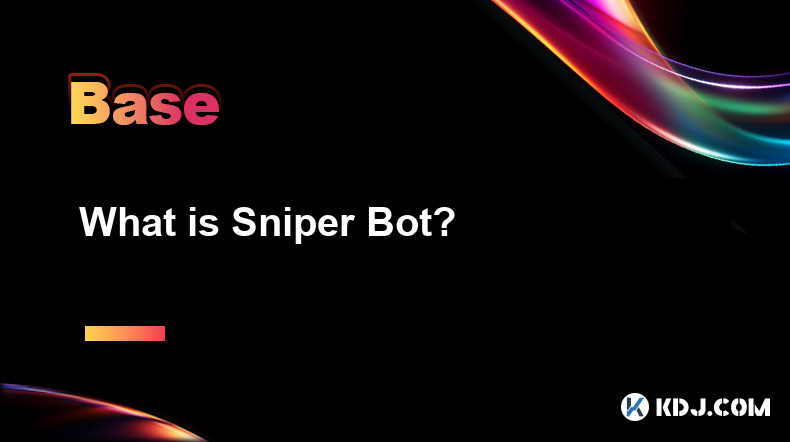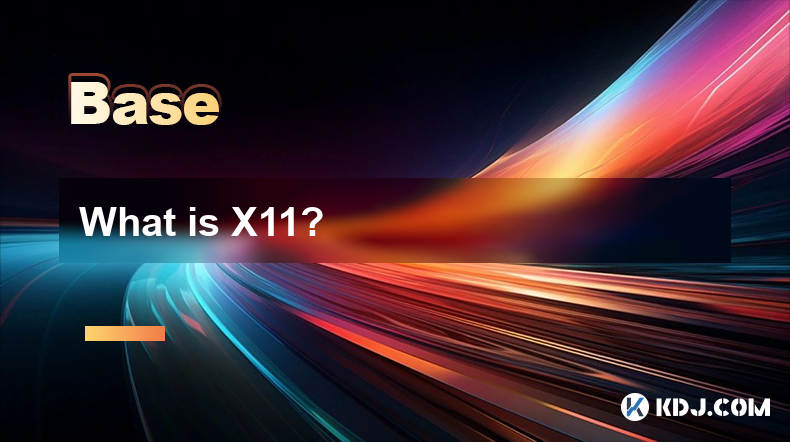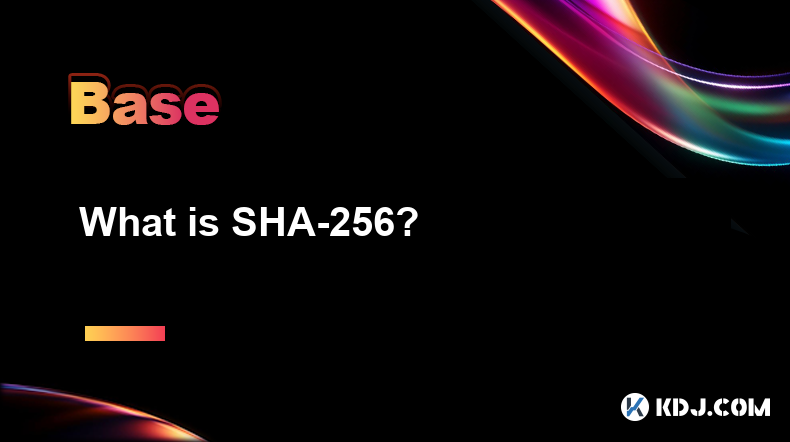-
 Bitcoin
Bitcoin $78,376.0795
-4.77% -
 Ethereum
Ethereum $1,548.8063
-11.55% -
 Tether USDt
Tether USDt $0.9994
-0.02% -
 XRP
XRP $1.8818
-9.04% -
 BNB
BNB $551.7480
-4.69% -
 USDC
USDC $1.0000
0.01% -
 Solana
Solana $106.1095
-7.66% -
 Dogecoin
Dogecoin $0.1468
-8.95% -
 TRON
TRON $0.2275
-4.95% -
 Cardano
Cardano $0.5707
-8.85% -
 UNUS SED LEO
UNUS SED LEO $8.9335
-1.49% -
 Toncoin
Toncoin $3.0253
-8.20% -
 Chainlink
Chainlink $11.2802
-7.86% -
 Stellar
Stellar $0.2302
-8.79% -
 Avalanche
Avalanche $16.4569
-4.24% -
 Shiba Inu
Shiba Inu $0.0...01128
-5.14% -
 Sui
Sui $2.0097
-2.68% -
 Hedera
Hedera $0.1463
-4.76% -
 MANTRA
MANTRA $6.2909
1.82% -
 Polkadot
Polkadot $3.5783
-7.89% -
 Bitcoin Cash
Bitcoin Cash $271.3725
-8.06% -
 Dai
Dai $1.0000
0.00% -
 Litecoin
Litecoin $70.0284
-11.01% -
 Ethena USDe
Ethena USDe $0.9986
-0.03% -
 Bitget Token
Bitget Token $4.0832
-5.49% -
 Pi
Pi $0.5780
-5.55% -
 Monero
Monero $201.8656
-4.22% -
 Hyperliquid
Hyperliquid $10.9226
-3.72% -
 Uniswap
Uniswap $5.1124
-8.67% -
 OKB
OKB $51.1549
-4.68%
What is the 51% attack of blockchain digital currency?
A 51% attack, where a malicious actor controls over half a blockchain's hashing or staking power, allows manipulation of transaction history, potentially reversing transactions or double-spending. Vulnerability depends on network decentralization and resource costs; defenses include robust consensus mechanisms and network monitoring.
Mar 21, 2025 at 03:50 am

Key Points:
- Definition of a 51% attack and its implications for blockchain security.
- How a 51% attack works, focusing on the attacker's control over the network.
- Factors influencing the vulnerability of a blockchain to a 51% attack.
- Defenses against 51% attacks and their effectiveness.
- Real-world examples of 51% attacks and their consequences.
- The role of Proof-of-Work (PoW) and Proof-of-Stake (PoS) consensus mechanisms in mitigating 51% attacks.
What is the 51% Attack of Blockchain Digital Currency?
A 51% attack, also known as a majority attack, is a type of attack on a blockchain network where a malicious actor gains control of more than 50% of the network's hashing power (in Proof-of-Work systems) or staking power (in Proof-of-Stake systems). This allows them to manipulate the blockchain's transaction history, potentially reversing transactions, double-spending coins, and censoring transactions. The success of this attack hinges entirely on the attacker's ability to outpace the honest nodes in the network.
How Does a 51% Attack Work?
In a Proof-of-Work (PoW) system, the attacker needs to control more than half of the mining power to create blocks faster than the rest of the network. This allows them to create a competing chain with fraudulent transactions. By broadcasting their chain first, they can potentially convince other nodes to adopt their version of the blockchain, thereby invalidating the legitimate transactions.
In a Proof-of-Stake (PoS) system, the attacker needs to control more than half of the total staked coins. This allows them to create and validate blocks more quickly than the honest nodes. The attacker then uses their influence to add their fraudulent transactions to the blockchain and prevent the inclusion of legitimate ones.
Factors Influencing Vulnerability to a 51% Attack:
Several factors influence a blockchain's vulnerability to a 51% attack. These include:
- Network Hashrate/Stake Distribution: A highly centralized network with a few powerful miners or stakers is more susceptible.
- Cryptocurrency Price: A higher cryptocurrency price makes the cost of mounting a 51% attack more prohibitive.
- Mining/Staking Hardware Costs: The cost of acquiring the necessary hardware or coins to launch an attack significantly impacts its feasibility.
- Attacker's Resources: The attacker needs significant financial resources and technical expertise to successfully execute a 51% attack.
Defenses Against 51% Attacks:
While completely preventing a 51% attack is challenging, several measures can mitigate its risk:
- Decentralization: A truly decentralized network with many small participants makes a 51% attack exponentially harder.
- Proof-of-Stake (PoS): PoS mechanisms often make 51% attacks more difficult due to the higher barrier to entry (acquiring a large stake).
- Improved Consensus Mechanisms: Developing and implementing more robust consensus mechanisms can increase the network's resilience.
- Network Monitoring and Alert Systems: Robust monitoring systems can detect suspicious activity and alert the community.
Real-World Examples of 51% Attacks:
Several cryptocurrencies have experienced 51% attacks in the past, highlighting the vulnerability of smaller, less secure networks. These attacks often resulted in significant losses for users and damage to the cryptocurrency's reputation. The details of these attacks often vary depending on the specifics of the targeted blockchain and the attacker's methods. The impact often includes double spending and the reversal of transactions.
The Role of Proof-of-Work (PoW) and Proof-of-Stake (PoS):
Proof-of-Work (PoW) systems, while computationally expensive for attackers, are still vulnerable to 51% attacks if enough computational power is concentrated in the hands of a single entity or group. Proof-of-Stake (PoS) systems aim to mitigate this by requiring a large stake in the cryptocurrency to participate in consensus. However, even PoS systems aren't entirely immune; a sufficiently large stake could still enable a 51% attack. The effectiveness of each depends heavily on the specific implementation and the overall network security.
Frequently Asked Questions:
Q: How likely is a 51% attack on Bitcoin?
A: A 51% attack on Bitcoin is extremely unlikely due to its massive network hashrate and highly decentralized nature. The cost and resources required would be astronomical.
Q: Can a 51% attack be stopped once it has started?
A: Stopping a 51% attack in progress is difficult. The most effective response usually involves community coordination and potentially a hard fork to revert the fraudulent transactions.
Q: What are the consequences of a successful 51% attack?
A: The consequences can be severe, including loss of funds for users, damage to the cryptocurrency's reputation, and a potential collapse of the network. The ability of the attacker to manipulate the transaction history allows them to effectively steal funds.
Q: Are all cryptocurrencies equally vulnerable to 51% attacks?
A: No, the vulnerability varies greatly depending on factors such as network size, hashrate/stake distribution, and the security of the consensus mechanism. Smaller cryptocurrencies with less secure networks are significantly more vulnerable.
Q: What are some ways to protect yourself from the effects of a 51% attack?
A: Diversifying your cryptocurrency holdings across multiple, well-established networks can reduce your exposure. Using reputable exchanges and wallets that take security seriously is also important. Staying informed about the security of the cryptocurrencies you hold is crucial.
Disclaimer:info@kdj.com
The information provided is not trading advice. kdj.com does not assume any responsibility for any investments made based on the information provided in this article. Cryptocurrencies are highly volatile and it is highly recommended that you invest with caution after thorough research!
If you believe that the content used on this website infringes your copyright, please contact us immediately (info@kdj.com) and we will delete it promptly.
- As clouds gathered over the crypto landscape, a flash tore through the sky: Ethereum, an essential pillar, lost 14% of its value in 24 hours
- 2025-04-08 01:15:11
- The scandal related to ZKasino, a blockchain-based gambling platform, continues to widen
- 2025-04-08 01:15:11
- As We Approach May 2025, Dogecoin (DOGE) Investors Are Facing Uncertainty
- 2025-04-08 01:10:12
- Cryptocurrency markets plunged sharply early Monday, wiping billions from the total market capitalization
- 2025-04-08 01:10:12
- Dogecoin (DOGE) Price Surge Incoming? Analysts Point to Historical Patterns
- 2025-04-08 01:05:12
- Mutuum Finance (MUTM) Token Identified by Algorithms to Deliver Exponential Upside Before 2025
- 2025-04-08 01:05:12
Related knowledge

What is Sniper Bot?
Apr 07,2025 at 10:43pm
A Sniper Bot is a type of automated trading software used within the cryptocurrency market to execute trades at optimal times, often milliseconds before other traders. These bots are designed to take advantage of new token listings, price fluctuations, and other market opportunities to buy or sell assets quickly and efficiently. The primary goal of a Sn...

What is Mining Rig?
Apr 07,2025 at 11:08pm
A mining rig is a specialized computer system designed specifically for the purpose of mining cryptocurrencies. Mining, in the context of cryptocurrencies, refers to the process of solving complex mathematical problems to validate transactions and add them to the blockchain. This process requires significant computational power, and a mining rig is buil...

What is X11?
Apr 07,2025 at 09:22pm
What is X11? X11 is a cryptographic hash function used in various cryptocurrencies, most notably in the Dash cryptocurrency. It is designed to provide a high level of security and efficiency, making it a popular choice for blockchain networks. The X11 algorithm is unique because it uses a chain of 11 different hashing algorithms, which enhances its secu...

What is SHA-256?
Apr 07,2025 at 11:15pm
What is SHA-256?SHA-256, or Secure Hash Algorithm 256-bit, is a cryptographic hash function that is part of the SHA-2 family of hash functions. It is widely used in the cryptocurrency world, particularly in Bitcoin and other blockchain technologies, for securing data and ensuring the integrity of transactions. This article will delve into the specifics ...

What is an elliptic curve?
Apr 08,2025 at 01:21am
An elliptic curve is a fundamental concept in mathematics that has found significant applications in the field of cryptography, particularly within the cryptocurrency sector. In the context of cryptocurrencies, elliptic curves are used to create secure cryptographic systems that underpin the security of transactions and the generation of digital signatu...

What is WASM compatibility?
Apr 07,2025 at 09:08pm
What is WASM Compatibility? WASM, or WebAssembly, is a binary instruction format for a stack-based virtual machine. It is designed to be a portable compilation target for programming languages, enabling deployment on the web for client and server applications. In the context of cryptocurrencies and blockchain technology, WASM compatibility refers to the...

What is Sniper Bot?
Apr 07,2025 at 10:43pm
A Sniper Bot is a type of automated trading software used within the cryptocurrency market to execute trades at optimal times, often milliseconds before other traders. These bots are designed to take advantage of new token listings, price fluctuations, and other market opportunities to buy or sell assets quickly and efficiently. The primary goal of a Sn...

What is Mining Rig?
Apr 07,2025 at 11:08pm
A mining rig is a specialized computer system designed specifically for the purpose of mining cryptocurrencies. Mining, in the context of cryptocurrencies, refers to the process of solving complex mathematical problems to validate transactions and add them to the blockchain. This process requires significant computational power, and a mining rig is buil...

What is X11?
Apr 07,2025 at 09:22pm
What is X11? X11 is a cryptographic hash function used in various cryptocurrencies, most notably in the Dash cryptocurrency. It is designed to provide a high level of security and efficiency, making it a popular choice for blockchain networks. The X11 algorithm is unique because it uses a chain of 11 different hashing algorithms, which enhances its secu...

What is SHA-256?
Apr 07,2025 at 11:15pm
What is SHA-256?SHA-256, or Secure Hash Algorithm 256-bit, is a cryptographic hash function that is part of the SHA-2 family of hash functions. It is widely used in the cryptocurrency world, particularly in Bitcoin and other blockchain technologies, for securing data and ensuring the integrity of transactions. This article will delve into the specifics ...

What is an elliptic curve?
Apr 08,2025 at 01:21am
An elliptic curve is a fundamental concept in mathematics that has found significant applications in the field of cryptography, particularly within the cryptocurrency sector. In the context of cryptocurrencies, elliptic curves are used to create secure cryptographic systems that underpin the security of transactions and the generation of digital signatu...

What is WASM compatibility?
Apr 07,2025 at 09:08pm
What is WASM Compatibility? WASM, or WebAssembly, is a binary instruction format for a stack-based virtual machine. It is designed to be a portable compilation target for programming languages, enabling deployment on the web for client and server applications. In the context of cryptocurrencies and blockchain technology, WASM compatibility refers to the...
See all articles





















































































